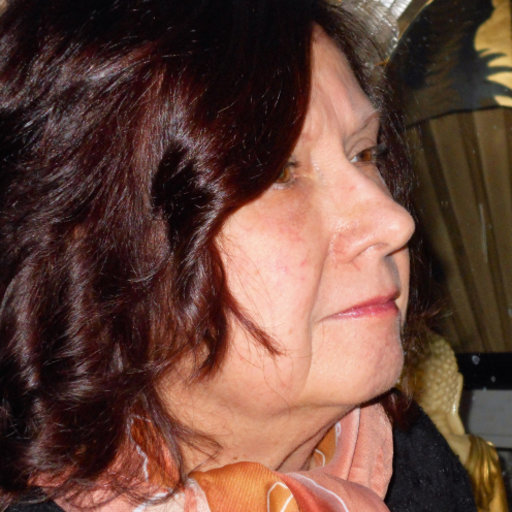Discussion Post I submitted for my Atlantic University TP5150 Course –July 29, 2020
This week’s readings provided a rich sampling of various theories regarding creativity which helped me understand the subject in a much broader light. I was skeptical at first about Robert Weisberg’s assessment “that creative advances…can be understood without postulating anything beyond the components of ordinary thinking processes” (2006, p. 575). This seemingly clinical and sterile approach to something to me that is so personal, individualistic, and yes, creative, appeared to be what happens when researchers and scientists attempt to apply their tools to things outside of their realm of understanding.
I still believe that his theory is inadequate to encompass all of what creativity entails, particularly when considering the “mystical view,” as Bunny Paine-Clemes explains (2015, p.42). Nor do I agree with his repeated and unproven sentiment “that research in creativity does not support the existence of unique characteristics” (2006, p. 599). Some things cannot be collected in a study or measured in a lab, and still they remain true.
Yet, when I understood that Weisberg’s definition of “ordinary thinking” was greatly expanded beyond “rote thinking,” for example, there is validity to the hypothesis. For example, the idea that creativity boils down to “problem-solving,” an “ordinary thinking” process as he argues, appears to be true in most instances (2006, p. 576-577). Particularly if you take a liberal approach to defining “problem-solving.” For example, when a client approaches me to shoot a video for their marketing needs, they solve a communications “problem.” From my perspective, I’m using my creativity not only to address their immediate needs but also to resolve the issue of eating and providing a roof over my head from the compensation I will receive for producing the product. The notion of problem-solving as it relates to creativity dove-tails too with the “10-Year Rule (2006, p. 212), since over time, new experiences provide a valuable resource for problem-solving.
Finally, I found that Professor Dava Newman raises a fundamental question regarding creativity that I had not previously considered. He posits, “Why Creativity” (2014, p. 4). I’ve been so wrapped up in the how and meaning of the subject that I never thought to consider why. I found it interesting that he points out that “Imaginative skills lie dormant in 95% population,” which might explain in part, Henry David Thoreau’s belief that “The mass of men lead lives of quiet desperation” (1854, p. 3).
Carl Jung believed that an essential part of a person achieving wholeness is to allow the “shadow self,” the one that we tend to ignore and hide away, to integrate with the rest of us. As Mateo Sol notes, “the Shadow Self…archetype is often described as the darker side of the psyche, representing wildness, chaos, and the unknown. Jung believed that this latent energy is present in all of us, in many instances forming a strong source of creative energy” (Lonerwolf, n.d.). If we never tap into this “creative energy,” it certainly would explain why so many are lacking “imaginative skills,” and ultimately why so many are so unhappy. So the question of “why creativity” is crucial to understanding each individual’s path to happiness, and is a core element to the purpose of creativity.
Reference
Newman, D. (2014, Oct. 5), “Enhancing creativity through enhancing creativity through…brainstorming, six hats, mind mapping.” Retrieved from https://moodle.atlanticuniv.edu/pluginfile.php?file=%2F53045%2Fmod_resource%2Fcontent%2F1%2FCreativity%20through%20Brainstorming%2C%20Six%20Hats%2C%20and%20Mind%20Mapping.pdf
Paine-Clemes, B. (2015), Creative synergy: using art, science, and philosophy to self-actualize your life,” Virginia Beach, VA: 4th Dimension Press
Sol, M. (n.d.), “Shadow self: how to embrace your inner darkness (3 techniques).” Lonerwolf. Retrieved from https://lonerwolf.com/shadow-self/
Thoreau, H.D. (1854), “Walden, and on the duty of civil disobedience.” retrieved from https://quotebanq.com/wp-content/uploads/2018/02/hdthoreau-walden-1854.pdf
Weisberg, R. (2006), Creativity: understanding innovation in problem solving, science, invention, and the arts, Hoboken, NJ: John Wiley & Sons, Inc.
